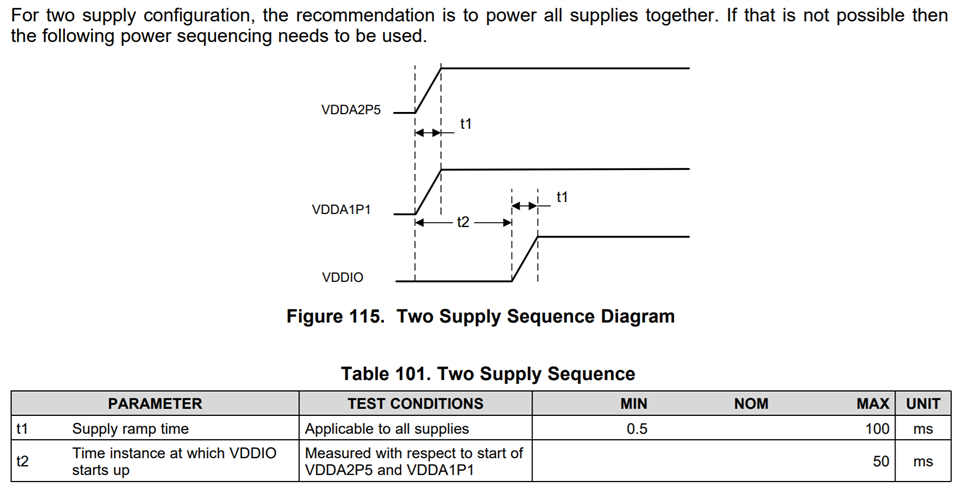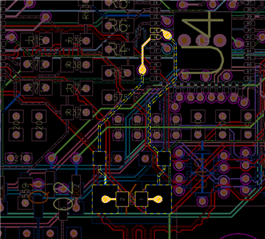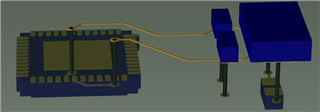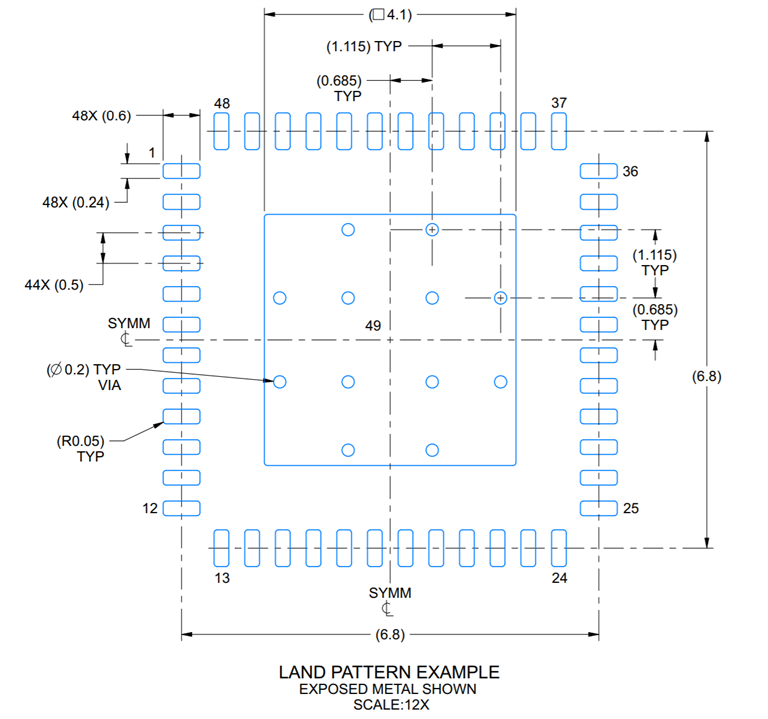Other Parts Discussed in Thread: DP83869
We have a board for a new design but it does not pass MII loopback at 1G. Some of the messages go through OK, but others contain errors. In the error messages, we have observed the RX clock increasing from 125Mhz to approximately 140MHz. In the messages that are OK, the RX clock stays at 125Mhz. Any ideas on what could cause this? Any suggestion on how to resolve?
We have ran the loopback software on both an earlier design board which used a DP83867 and on a different project's board that has a DP83869HM. The loopback works with no errors on both of these.
Thanks,
Ron










